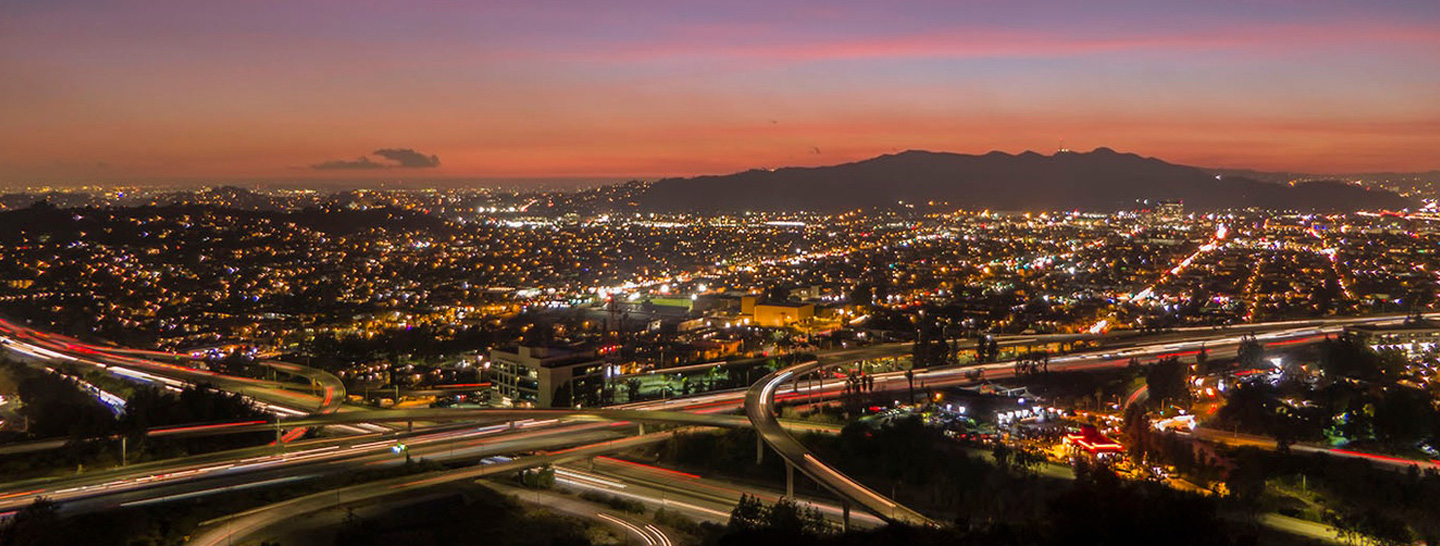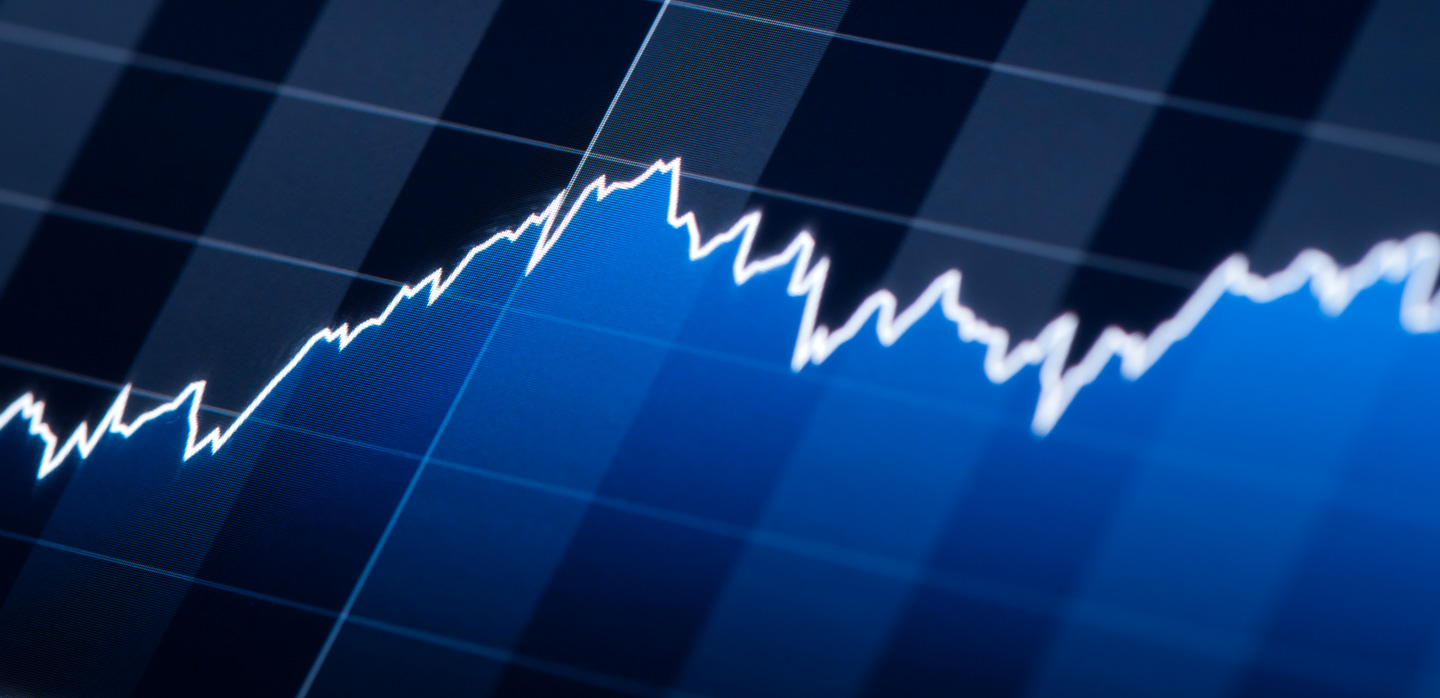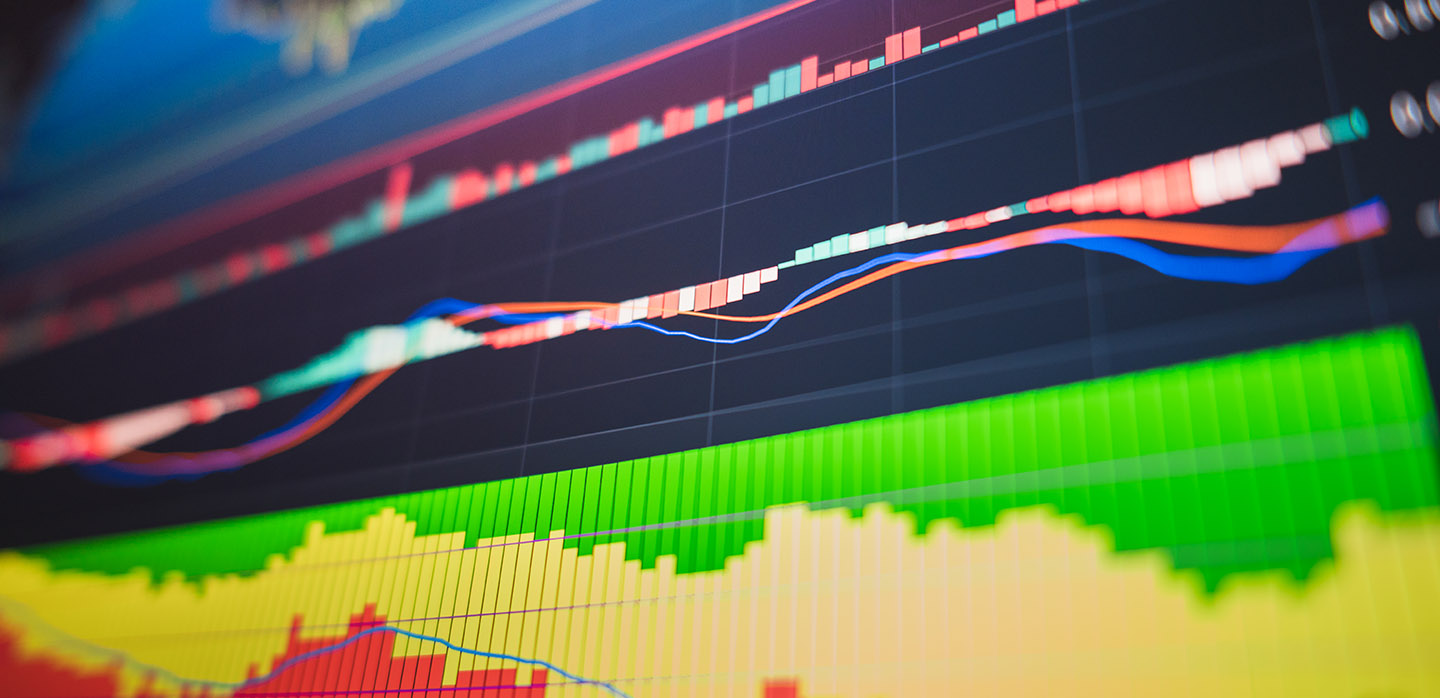Key takeaways
- Resiliency and flexibility are more important than ever for our energy grid infrastructure.
- Infrastructure is aging and facing a variety of challenges – from an increase in extreme weather events to integrating new technologies including renewables into the grid.
- This situation has made demand response and future investment in distributed energy resources (DERs) and flexible resources like demand response essential to ensuring grid reliability, as we saw events across multiple days in California in September.
How demand response provides stability
The grid must always remain in balance – meaning that energy supply must match energy demand – to avoid grid disruptions. However, ensuring grid reliability is becoming more difficult and complex.
The grid is coping with an increase in extreme weather events, from hurricanes to extreme heat and beyond, and ensuring continuity of energy supply is essential. In addition, our increasingly decentralized energy grid is integrating and accommodating an increase of energy sources like wind and solar into the energy mix. In turn, this increases pressure on aging power networks to ensure the grid remains in balance.
Demand response (DR) is a valuable resource in facing these challenges. DR was created to help balance supply and demand on the grid. It allows participating commercial and industrial organizations to earn revenue by reducing their energy usage during periods of grid stress. In addition, these participants gain insight into optimizing their energy usage throughout the year.
September case study: demand response in California
This summer brought several examples of DR aiding a grid by providing relief. One notable recent instance was during the extreme heat waves that battered the California grid in early September.
Throughout the week of September 5, 2022, the state of California saw sustained temperatures above 100°F and even as high as 110°F. Due to this heat, demand on the grid skyrocketed, eventually surpassing 52 GW, a new record demand for the California Independent System Operator (CAISO). The previous record of 50 GW was set in 2006.
If demand outpaces supply – which is often a threat during extreme heatwaves like these – that can lead to brownouts or even blackouts throughout the region. To help balance the grid, CAISO dispatched DR providers like Enel and our 100 MW portfolio across PG&E, SCE and SDG&E to help mitigate any potential grid emergencies. DR events occurred over 4 days, and our customers were dispatched for over 63 hours (about 2 and a half days).
The strong DR performance of our customers led to relief and stability for the grid. We want to thank our customers for their crucial contributions – their efforts helped allow power to continue flowing to their communities.
It’s also worth noting the decarbonization benefits of DR as well. In this instance, removing 100 MW load from the grid is equivalent to the electricity consumption of 50,000 average homes. DR not only helps keep power flowing – it helps to support the decarbonization goals of our customers and communities.
Reach out to our team of experts to learn more about earning revenue by participating in DR programs that support a more sustainable grid. And discover how much you can earn with our DR calculator.








